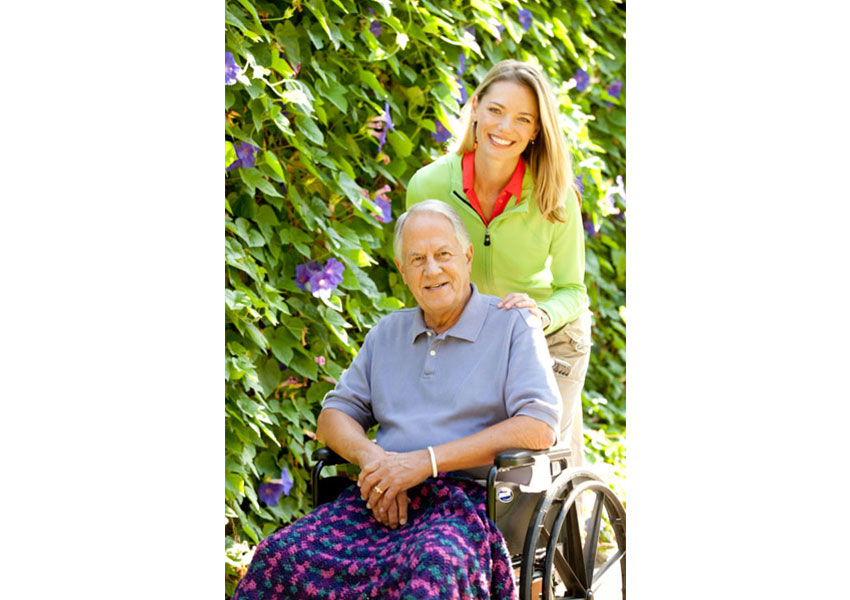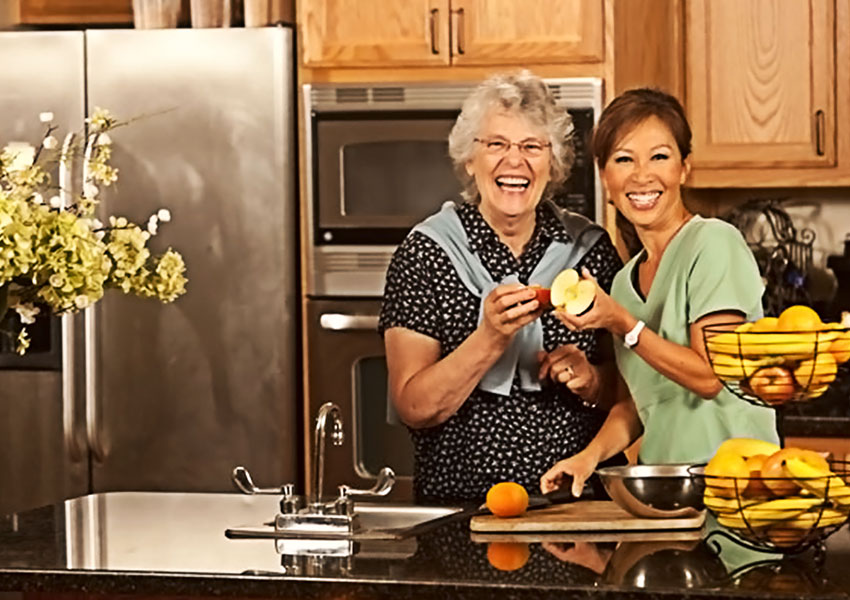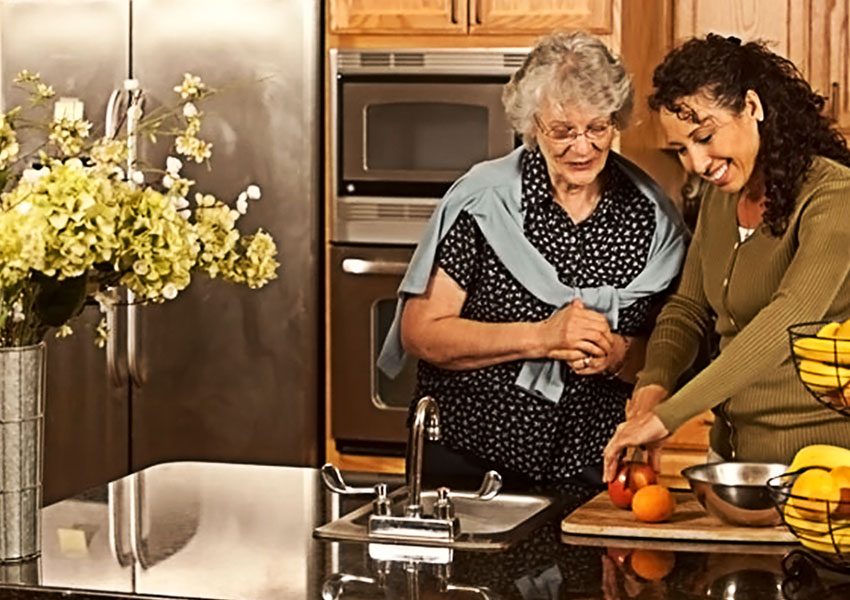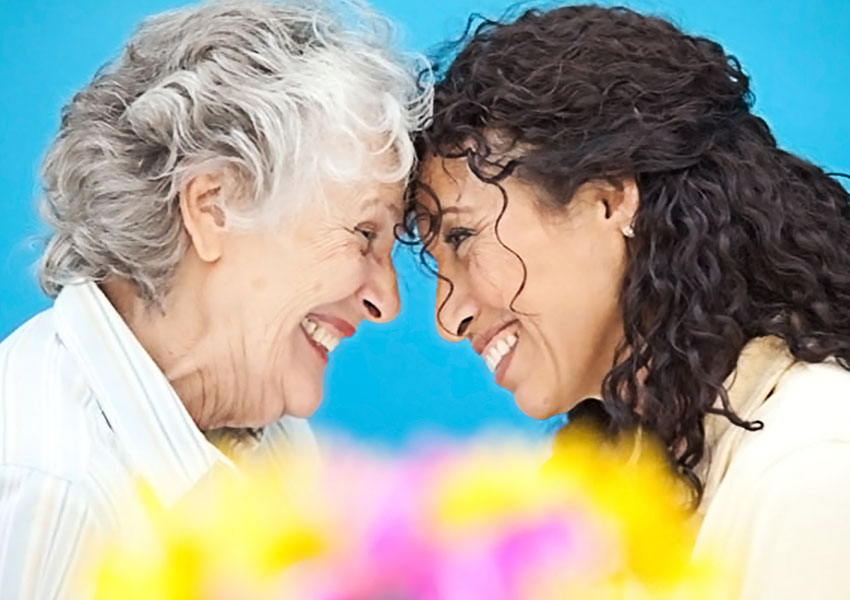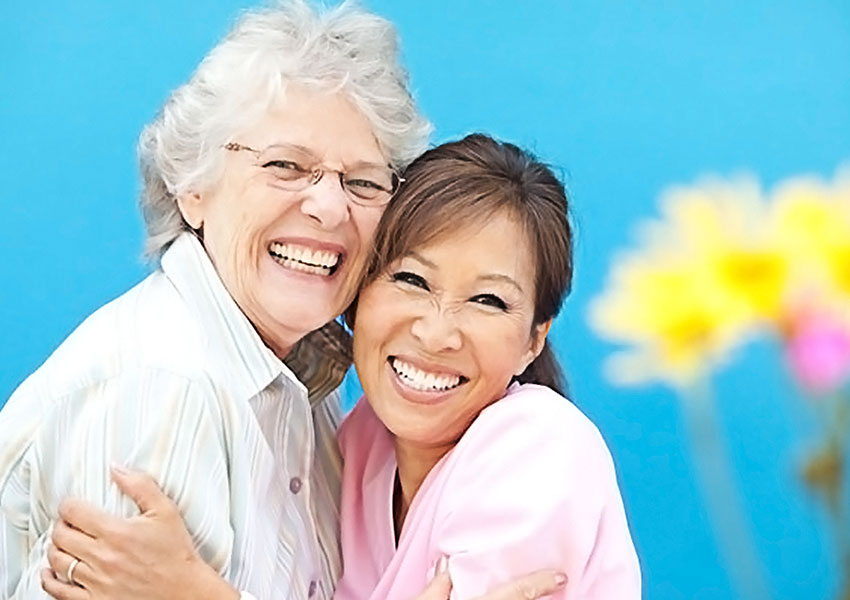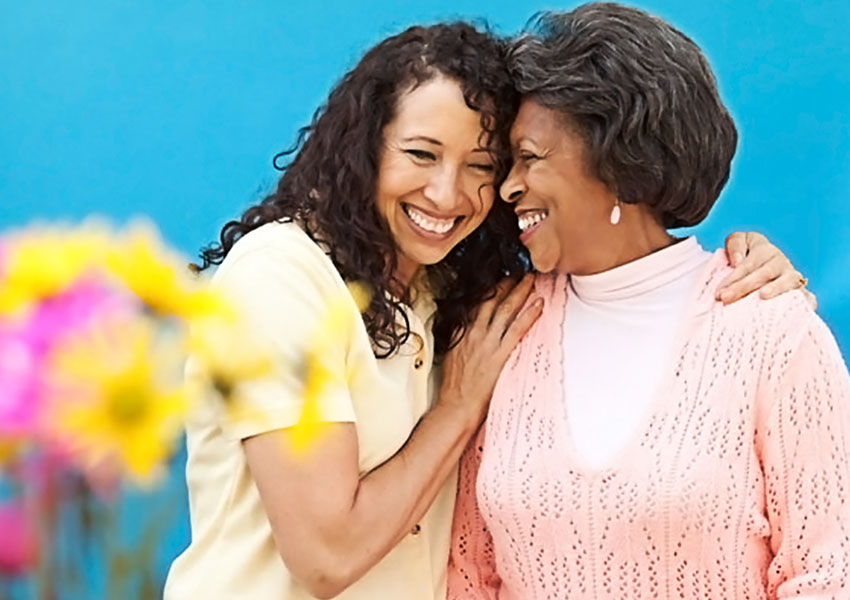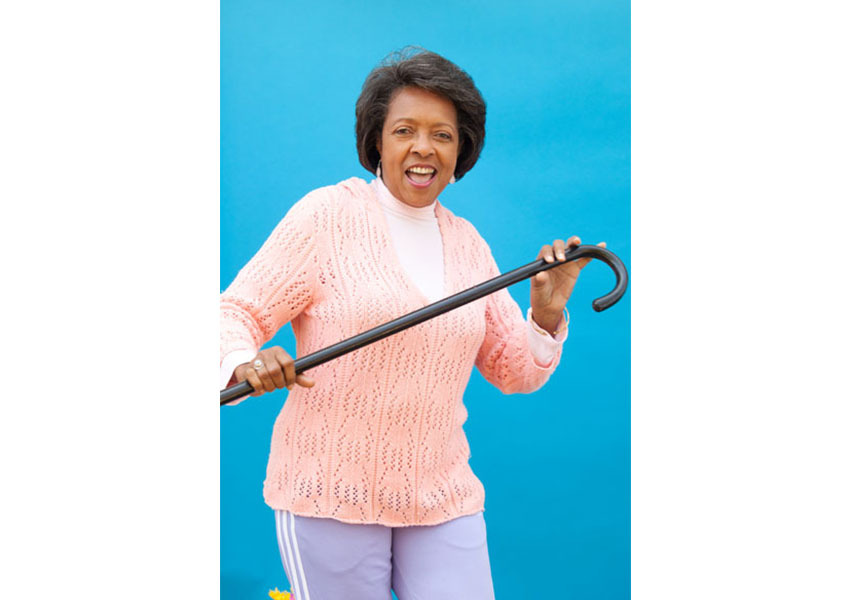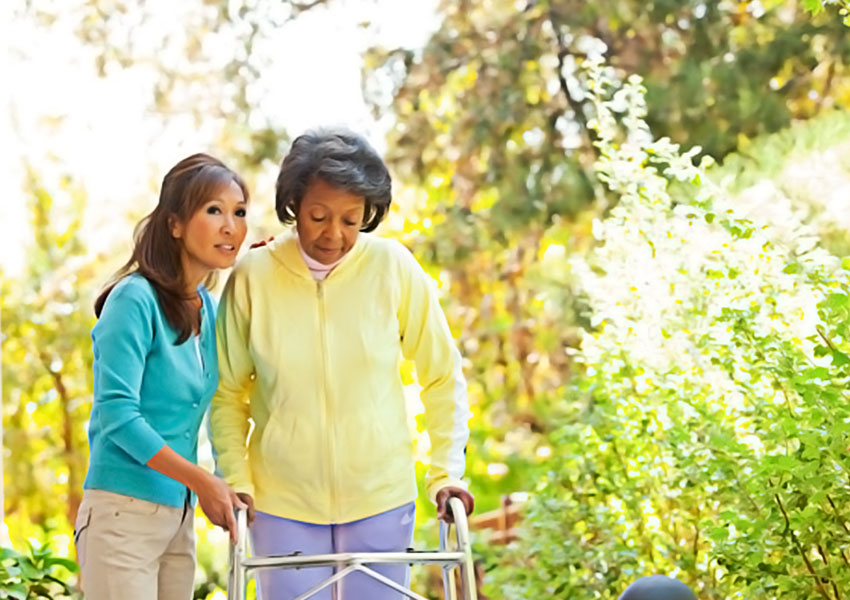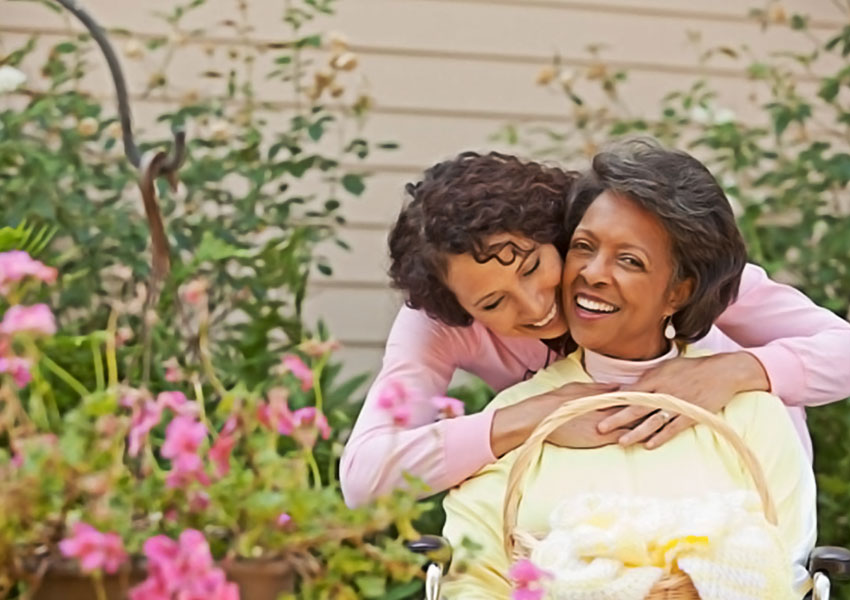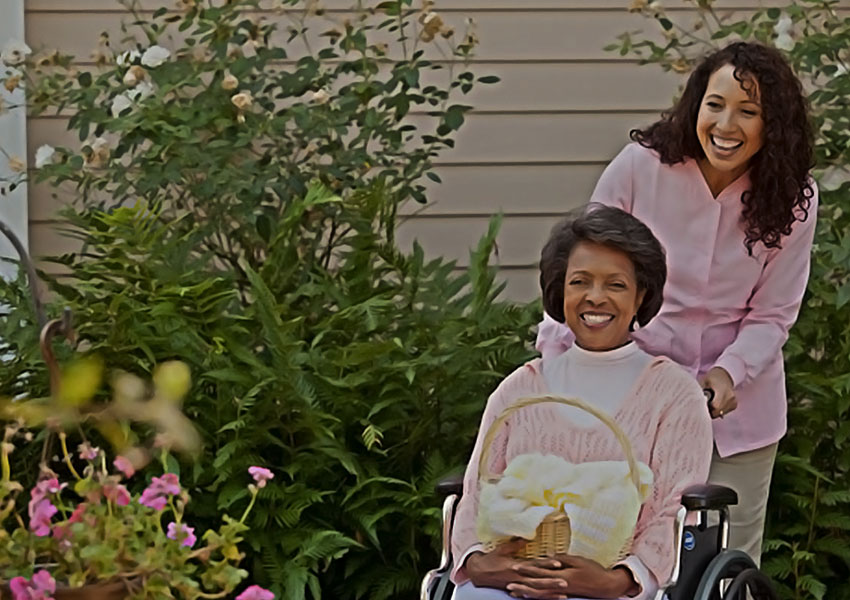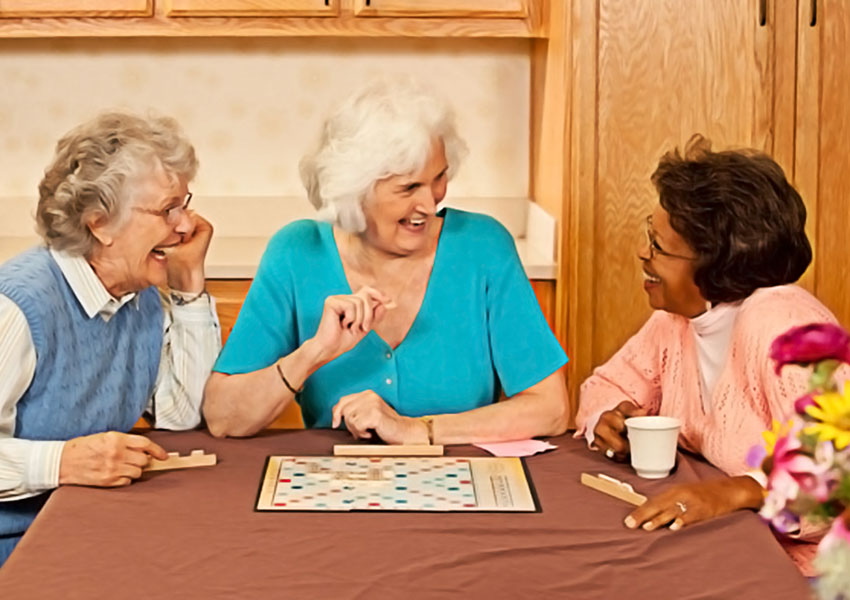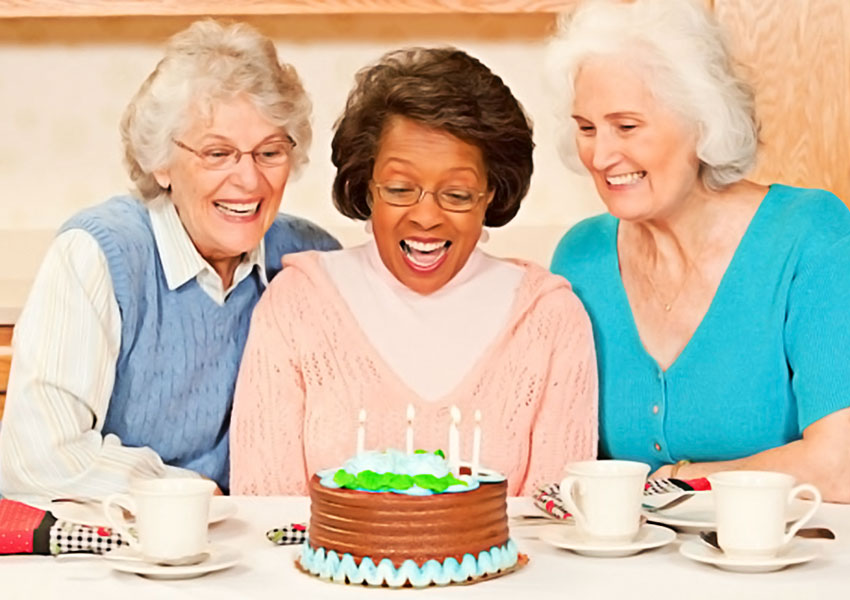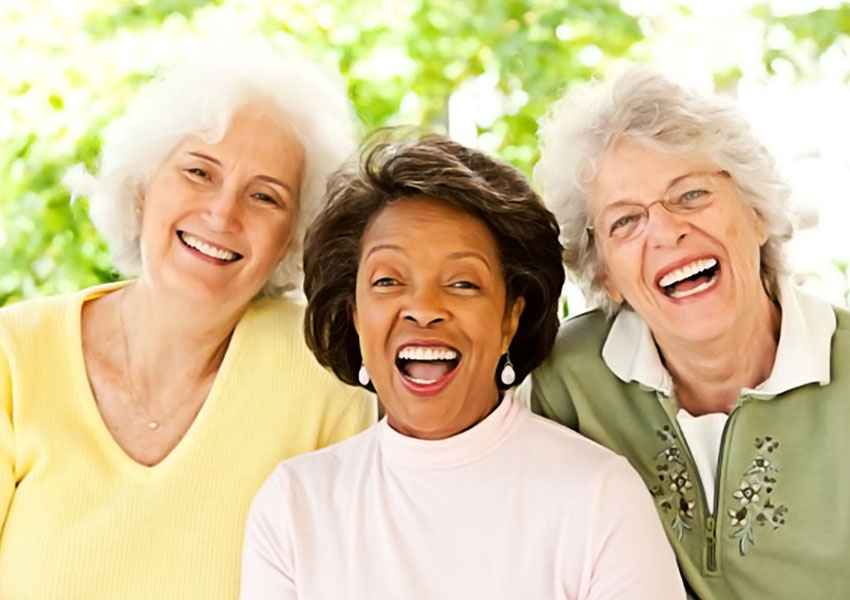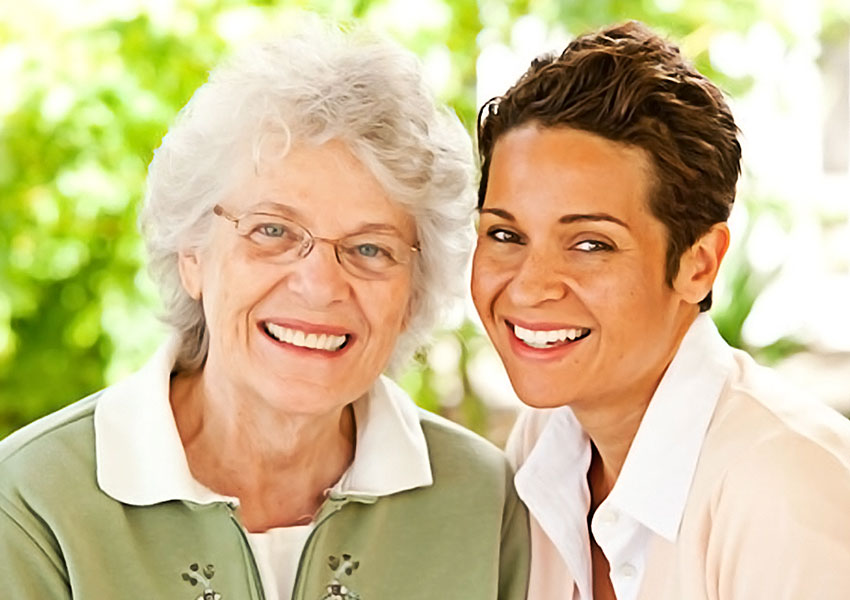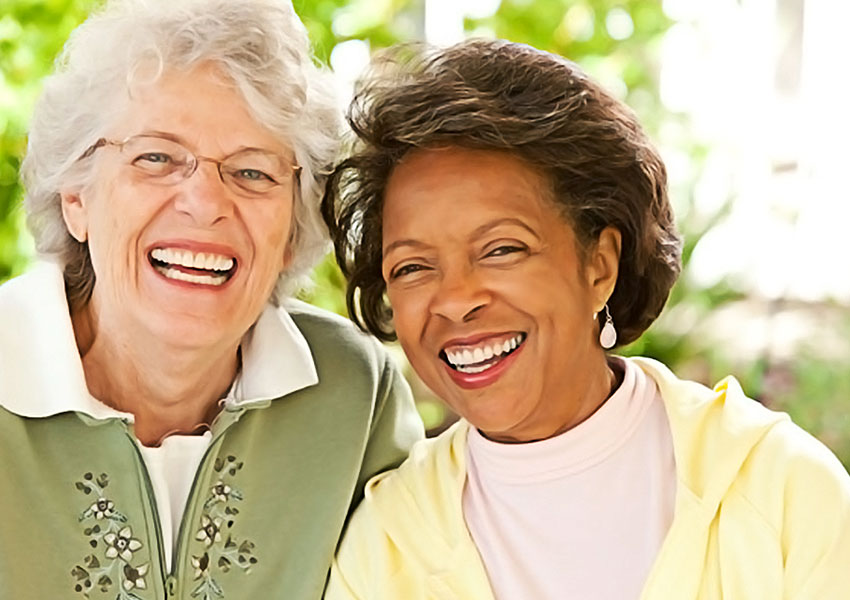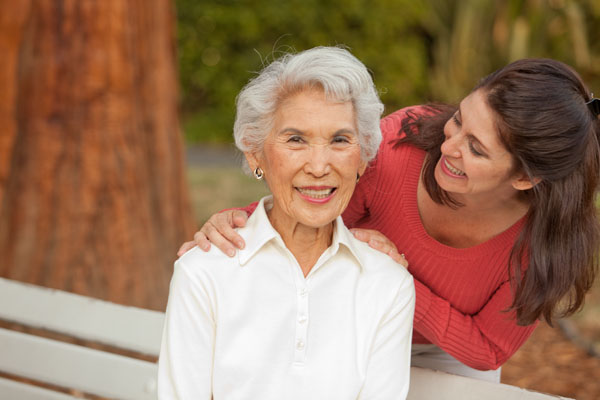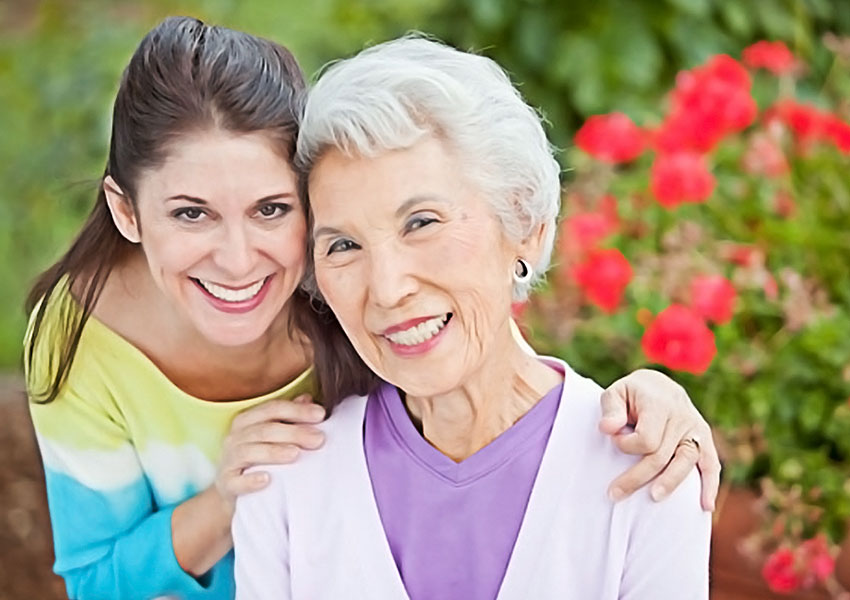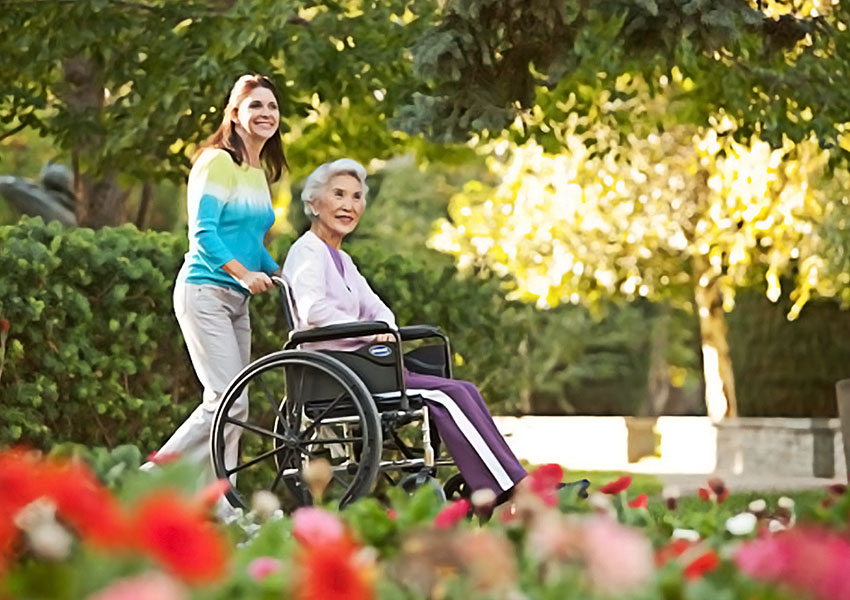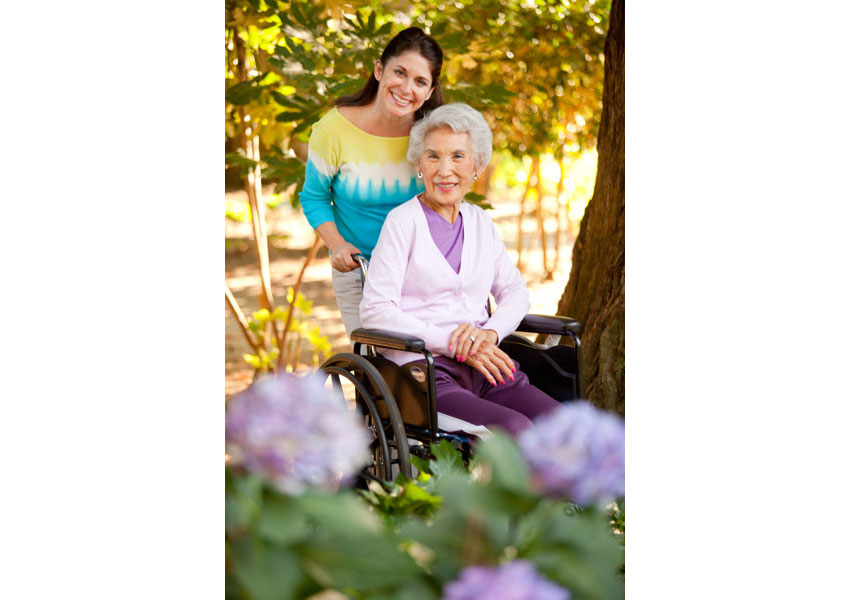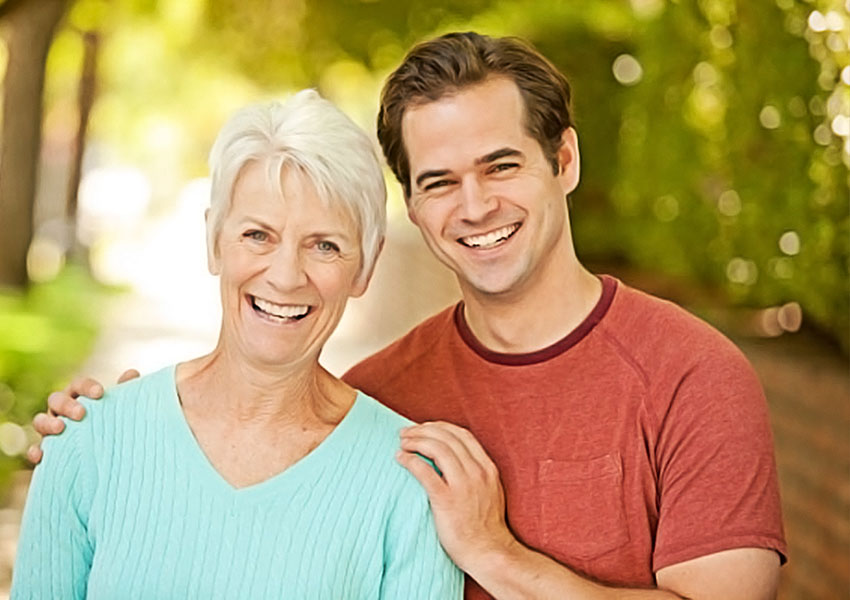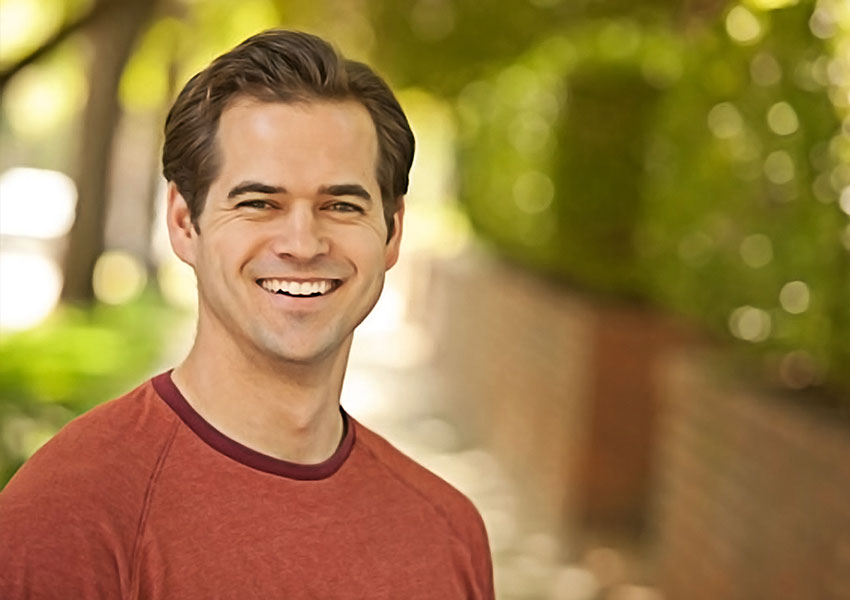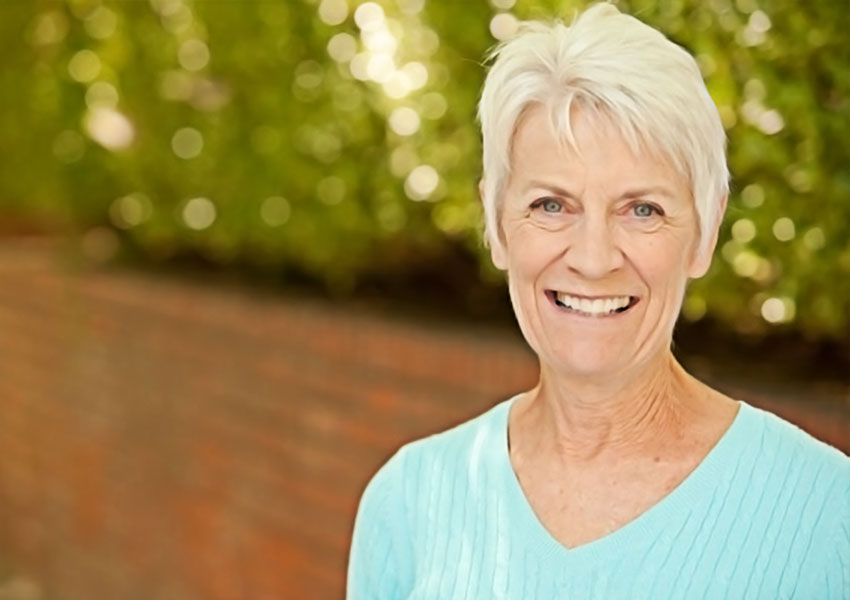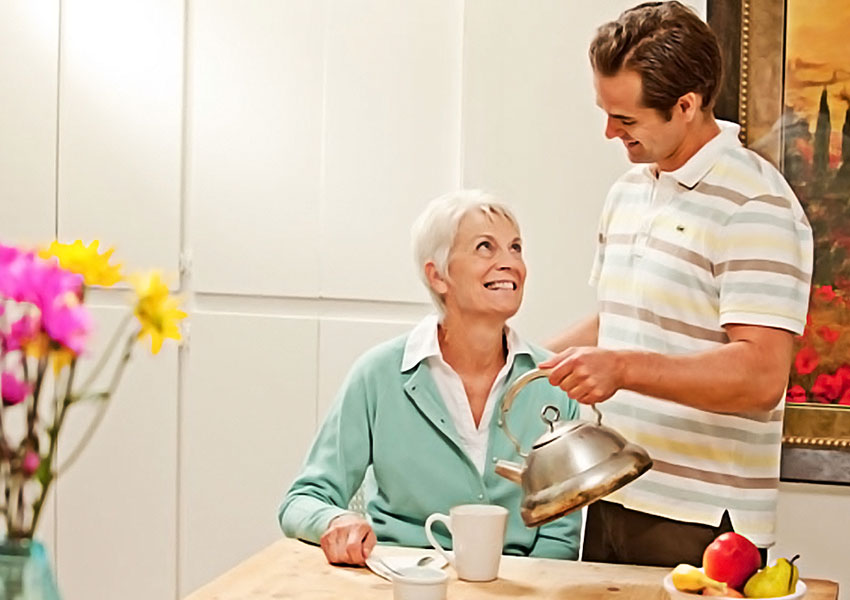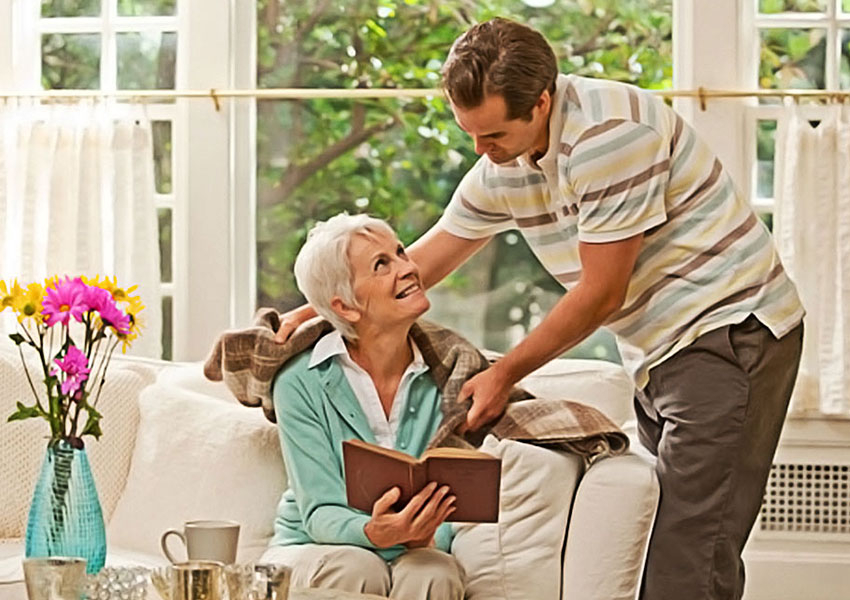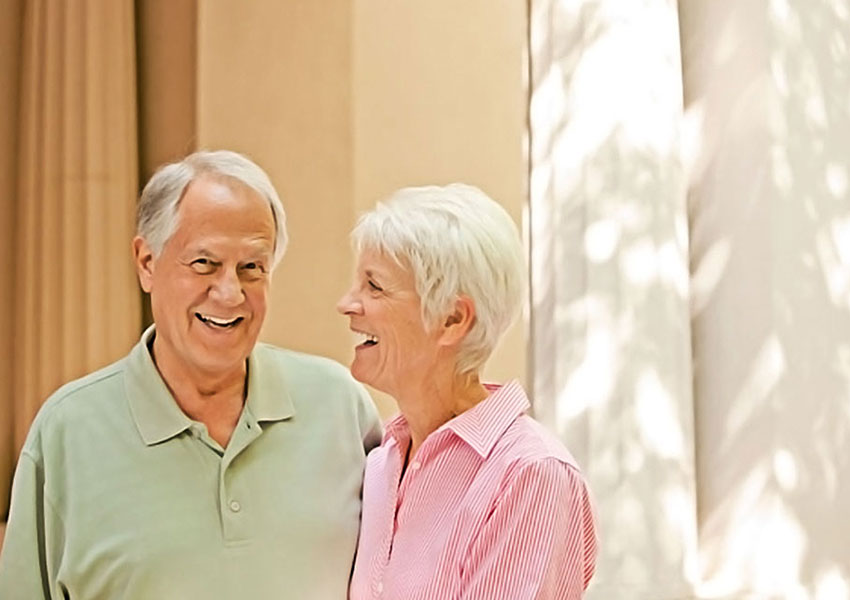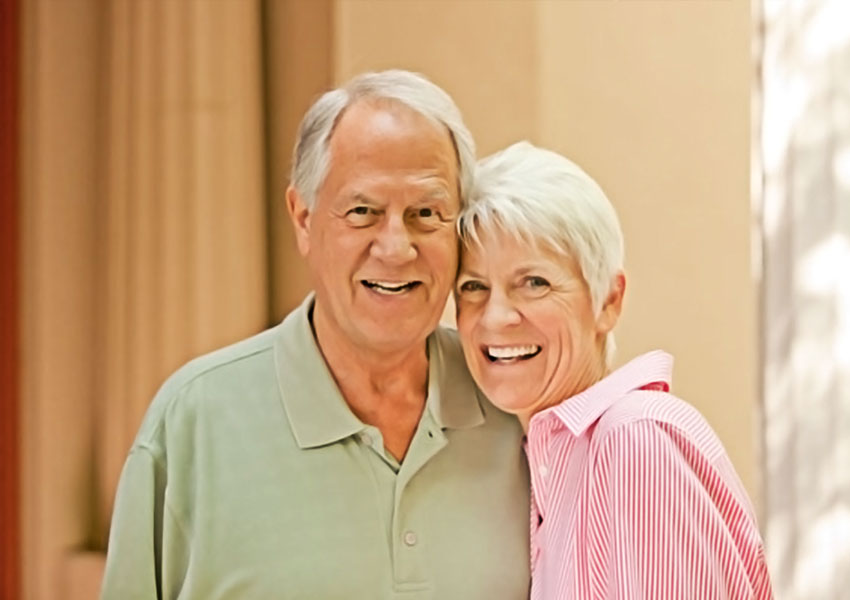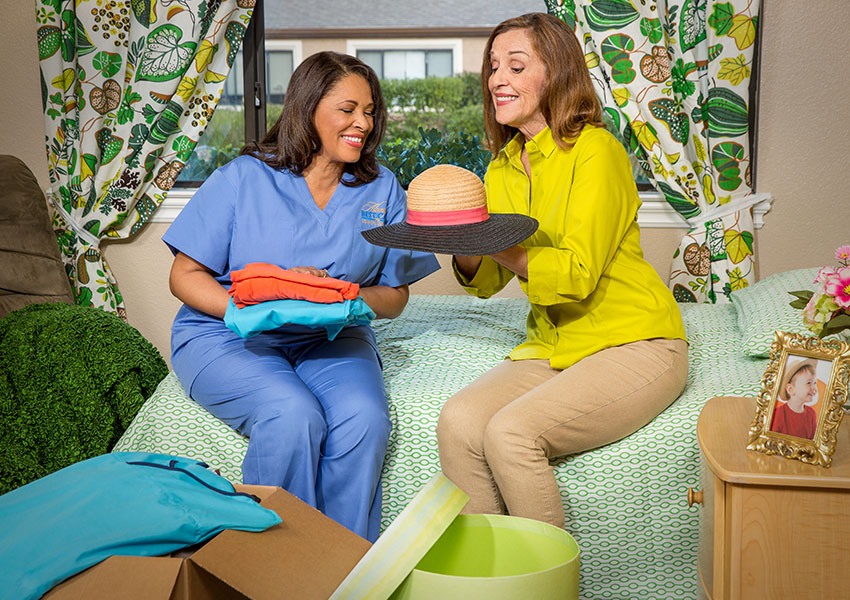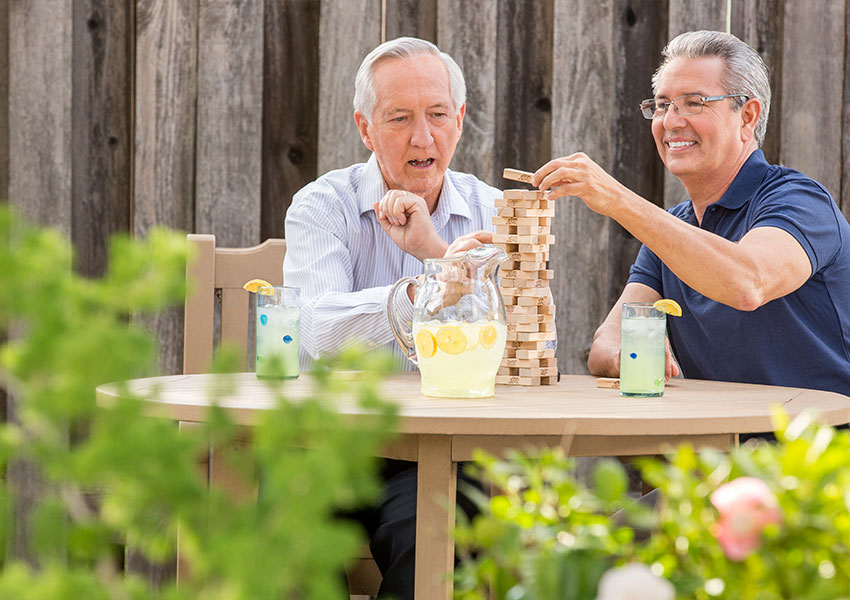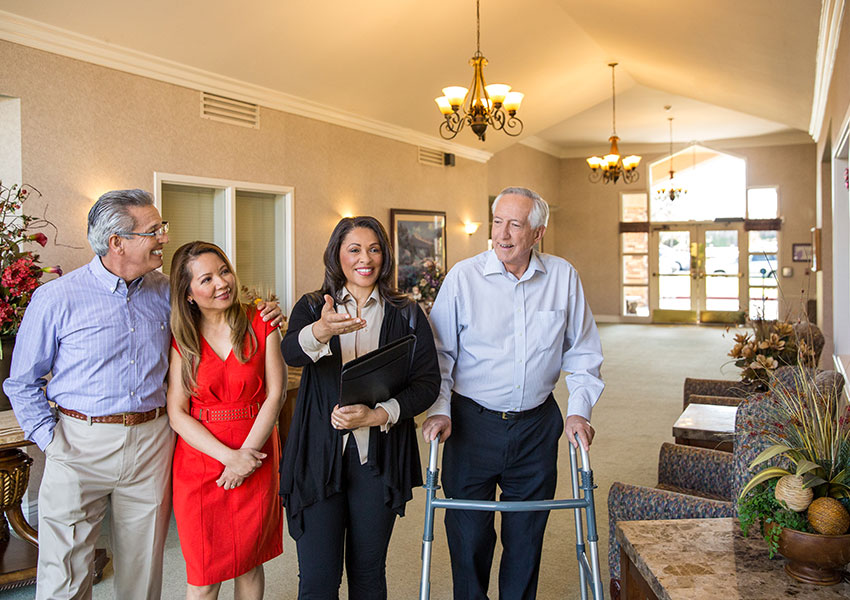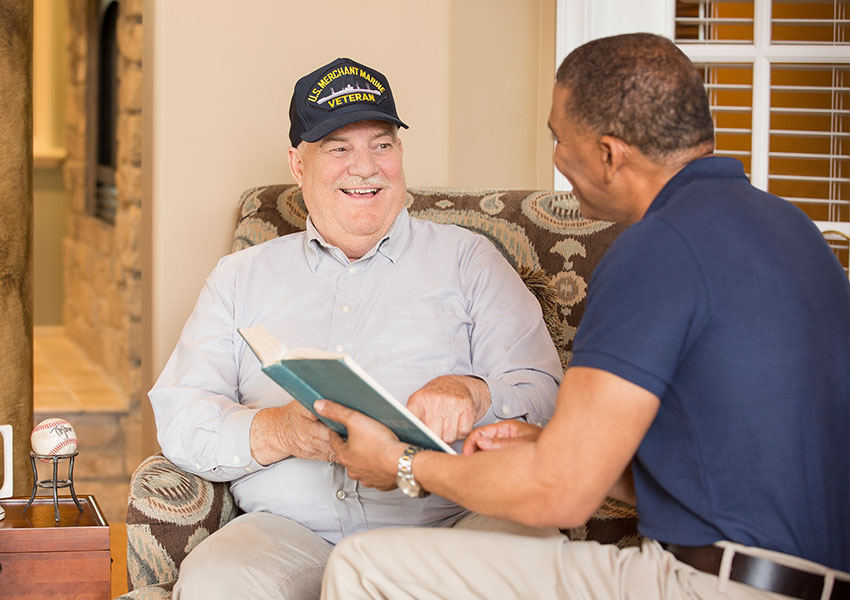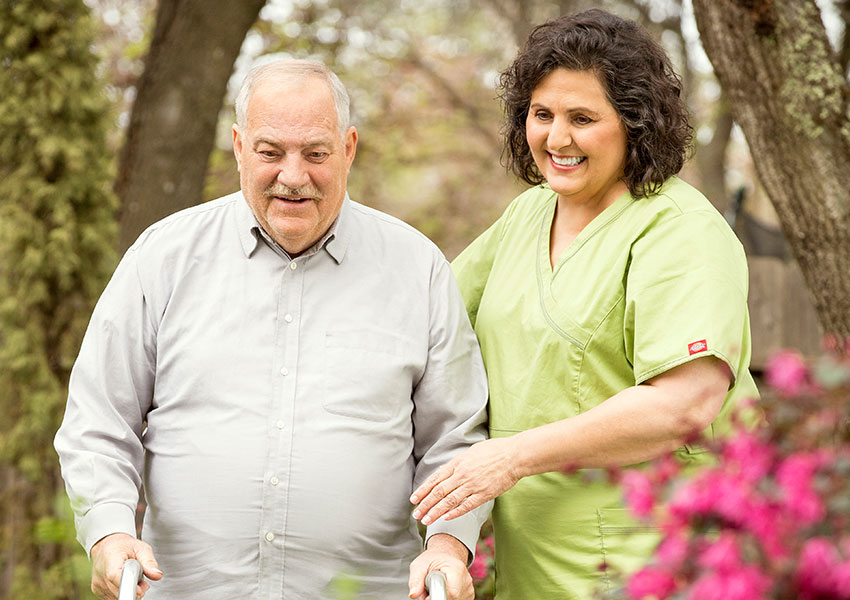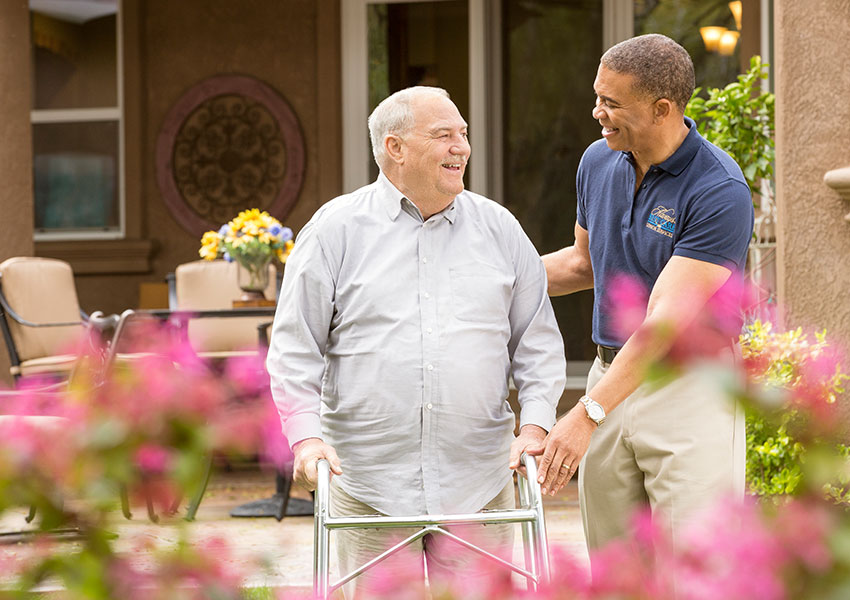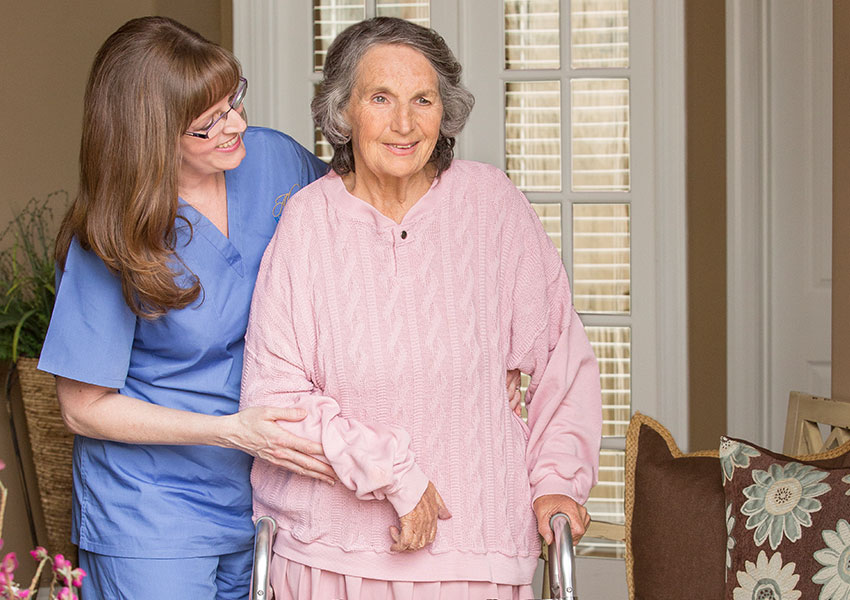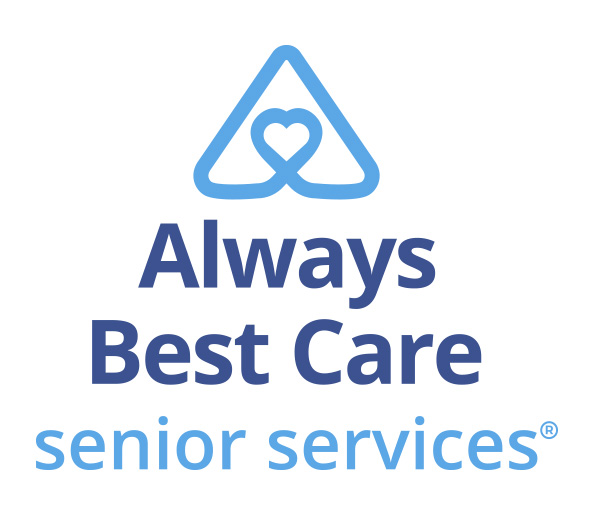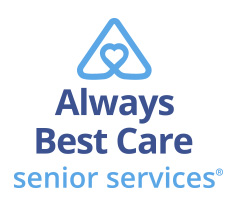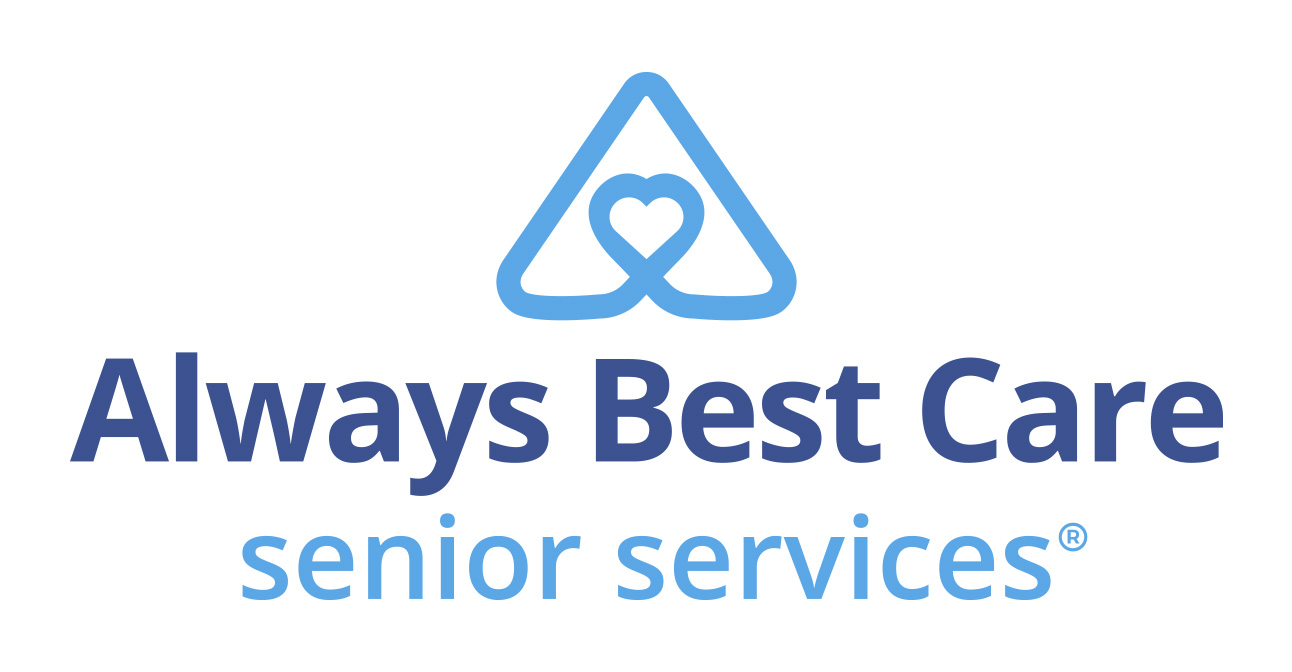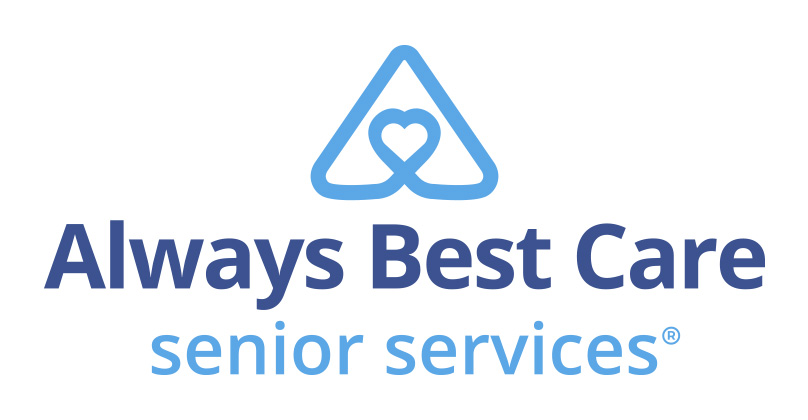Most people who are over 60 have experienced some form of ageism. In an AARP survey, 64 percent of workers say they have seen or experienced age discrimination in the workplace. Beyond the workplace, discrimination against older people might not be as harmful, at least to our wallets, but is still hurtful.
It’s when the doctor ignores you and tells your daughter what medicine you should take. It’s the waiter talking loudly because he assumes that, if you’re old, you can’t hear. It’s the young people in the checkout line behind you sighing impatiently because you can’t read the fine print on the card reader—the one that asks if you want cash back—and you have to reach for your glasses. You see it on TV when the late night comedy and talk shows hosts joke about seniors and memory loss. It’s visible in your supermarket, where the greeting cards aimed at younger people joke about aging, portraying it as the worst thing that could happen to them.
Ageism (a term coined by Dr. Robert Butler, the founding director of the National Institute on Aging) categorizes older adults as one group rather than perceiving individuals. “Old folks” are portrayed as dependent, helpless, unproductive and demanding, when, in reality, the majority are self-sufficient, capable and energetic. But older adults can unconsciously absorb the negative messages and feel diminished or lose confidence. Many internalize ageism with desperate attempts to act and look younger than they are.
Unlike other forms of cultural bigotry widely considered unacceptable, such as racism or prejudice against the disabled, “Ageism — I would argue — is the most entrenched and tolerated of all the institutionalized forms of discrimination in our society,” says Dick Goldberg, a former television producer and writer who now directs a national initiative for civic engagement by 50-plus adults called Coming of Age (“‘Old is good’: Boomers fighting ageism,” Feb. 11, 2014, Herald Tribune).
Test Your Knowledge on Aging
In 1977, Erdman Palmore designed a “Facts on Aging Quiz.” Recently, staff at the University of Missouri-Kansas City Gerontology Program used some of Erdmore’s questions plus their own. Below are 10 of the 50 questions in their quiz. (For all 50 questions, see Facts on Aging Quiz.) Answers to this quiz are at the bottom.
True or false?
- The majority of older people (past 65 years) have Alzheimer’s disease.
- As people grow older, their intelligence declines significantly.
- It is very difficult for older adults to learn new things.
- Memory loss is a normal part of aging.
- Clinical depression occurs more frequently in older than younger people.
- All five senses tend to decline with age.
- Retirement is often detrimental to health–i.e., people frequently seem to become ill or die soon after retirement.
- People 65 years of age and older make up about 20 percent of the U.S. population.
- Most older people are living in nursing homes.
- The modern family no longer takes care of its elderly.
Answers
- False. Almost 90 percent of people who are 65 years of age do not have Alzheimer’s Disease.
- False. Although there are some circumstances where the statement may hold true, current research suggests that intellectual performance in healthy individuals holds up well into old age.
- False. Although learning performance tends on average to decline with age, all age groups can learn.
- True. As one ages there is modest memory loss, primarily short-term memory (recent events).
- False. Depression does not occur more often in older adults than younger groups. However, it is the most frequent mental health problem of older adults.
- True. While there is considerable individual variation, on average sensory processes (vision, hearing, taste, smell and touch) don’t work as well as people get older. Taste buds, for example, become less sensitive with aging.
- False. Health decline is related to age or previous health problems, not retirement per se. Retirement may actually improve functional health by reducing stress on the individual.
- False. People over age 65 currently make up about 13 percent of the population. However, as the “baby boom” generation begins to turn 65 in 2011 the proportion of older adults will grow dramatically. It is estimated that by 2030 adults over 65 will comprise 20 percent of the population.
- False. According to the U.S. Bureau of the Census, slightly over 5 percent of the 65 population occupy nursing homes, congregate care, assisted living and board-and-care homes, and about 4.2 percent are in nursing homes at any given time.
- False. Evidence from several studies and national surveys indicates that families are the major care providers for impaired older adults. Families provide 70 to 80 percent of the in-home care for older relatives with chronic impairments.
Evidence of Ageism
Signs of discrimination, if not outright scorn, against older adults can be seen everywhere, probably most visibly in Silicon Valley.
“Silicon Valley has become one of the most ageist places in America,” writes Noam Scheiber in the New Republic (April 7, 2014). “Tech luminaries who otherwise pride themselves on their dedication to meritocracy don’t think twice about deriding the not-actually-old. ‘Young people are just smarter,’ Facebook CEO Mark Zuckerberg told an audience at Stanford back in 2007. . . And that’s just what gets said in public. An engineer in his forties recently told me about a meeting with a tech CEO who was trying to acquire his company. ‘You must be the token graybeard,’ said the CEO, who was in his late twenties or early thirties. ‘I looked at him and said, ‘No, I’m the token grown-up.'”
A survey of Canadian millenials (age 18 to 34) found that they are showing signs of growing intolerance toward seniors, with a third believing that seniors should not get any special treatment. Only 37 percent strongly agree that they would go out of their way to help a senior in need, although a majority are committed to caring for aging parents and grandparents (“Millennials Not As Respectful to Seniors But Firmly Committed to Aging Parents and Grandparents,” June 11, 2014, Canada NewsWire).
Those negative attitudes are reflected in seniors’ own perceptions. In a survey of 84 people ages 60 and older, nearly 80 percent of respondents reported experiencing ageism—such as other people assuming they had memory or physical impairments due to their age. The 2001 survey by Duke University’s Erdman Palmore also revealed that the most frequent type of ageism—reported by 58 percent of respondents—was being told a joke that pokes fun at older people.
Thirty-one percent reported being ignored or not taken seriously because of their age (from “Fighting ageism,’ May 2003, American Psychological Foundation).
Although the survey was done more than a decade ago, many would say the situation has only gotten worse.
Reasons for Ageism
Although ageism has been prevalent for a while, some experts see reasons for it increasing. A scarcity of resources—both financial and medical—could trigger competition, with younger people perceiving the older as using too many resources, at their expense. Not only are older adults staying in their jobs longer because of financial reasons, a baby boom generation is quickly “depleting” Social Security and Medicare, leaving less for younger people, who sometimes regard their older counterparts as competitors for dwindling resources.
Princeton University psychological scientists Susan Fiske and Michael North recently studied the attitudes of young people toward older ones and found that younger subjects (compared to middle-aged and older volunteers) were more resentful toward the elderly for several reasons: conserving their personal wealth, acting entitled or acting too young. Younger people see older adults having fun—retiring in sunny, warm places or taking ocean cruises, for example—when they are having a hard time finding jobs and housing.
At the same time, because younger people need to become autonomous from their parents and older generations, they resent seniors acting “young” by staying in shape, for example. So, we may hear from American youth the admonition to “act your own age” (from “The new (and nastier) ageism,” May 22, 2013, Association for Psychological Science).
In older cultures, the elderly were valued as repositories of experience and wisdom, necessary for the culture to survive. But as modern society moved away from its roots with an emphasis on new ways of doing things, older people became more extraneous and less needed. Equally, retired people can be viewed as not important to society because they don’t have as much value as those who are working. And, in a society that praises physical beauty, those who are getting wrinkled and gray-haired can be shunned.
Media’s Depiction of Older Adults
One of the places where ageism clearly shows up is in television shows, movies and advertising, which cater heavily to younger people. Mental health experts say that this favoritism toward younger people and often negative portrayals of seniors affect young people’s attitudes toward their older counterparts, as well as seniors’ attitudes toward themselves. When older people are shown, they are often used as fodder for humor—portrayed as feeble, silly and out of touch with reality.
And yet statistics show that 50-plus adults are becoming the fastest growing segment in society, thanks to the baby boomers, and will possess the most purchasing power of any age group. Another statistic: People over 50 make up the largest share of television audiences, spending 30 to 40 percent more time watching than the rest of the population. And yet the ageism is perpetuated because most of the writers for TV shows and advertising are young.
A more enduring form of ageism is the belief in the advertising industry that brand loyalty begins at an early age, so companies need to promote their products early. Yet a recent AARP survey found that an individual’s consumer experience, not age, dictates brand choice. Not only that, many of the products being sold today—cell phones, video games and computers, for example—didn’t exist or were not almost universally available to consumers 30 years ago.
Effects of Ageism
By seeing ourselves repeatedly portrayed as silly, what effect does that have on seniors’ identities? Some evidence shows that it can hurt our health. A study by a Yale University psychologist found that negative stereotypes may shorten older adults’ lives. Adults 50 years and older with more positive self-perceptions of aging lived 7.5 years longer than those with negative self-images.
The harmful effects of ageism can be seen when medical staff ignore real physical or mental problems in older patients because they ascribe it to just being old. It can be seen when companies systematically, and illegally, get rid of their older workers, thus cutting off the experience and wisdom older adults can bring to the workplace, as well as depriving seniors of making meaningful contributions to society and making them feel isolated.
And all of society is affected when older adults are ignored or pushed aside, because an emphasis on youth perpetuates the idea that no one will ever grow old or incapacitated.
Fighting Back
Some minority cultures in the U.S., including Asian and Hispanic, often have more respectful attitudes toward the elderly—often sharing housing and child-rearing activities with them. Beyond learning a lesson from these other cultures, several writers concerned about ageism offer their own solutions. One involves being an active grandparent.
“Grandparents are a natural pro-aging and anti-ageist constituency – perhaps the best,” states Margaret Morganroth Gullette, a cultural critic and nonfiction writer whose latest book is Agewise (writing on the website Grandparents.com). “By virtue of our loving-kindness, we have a deep and abiding interest in the proper development of our grandchildren, and in family harmony. We have a compelling, urgent interest in maintaining a respected position in the family as we grow older. Ageism is bad for our own health and mental health. Our well being depends on reversing dangerous ageist trends.” She urges grandparents to spend as much time as they can with their grandchildren.
Another suggestion is for older adults to reach out to young people. In a column for Fight Ageism, the writer talks about how a conversation with an older adult changed his own attitudes:
“In my early twenties, I carried a naive notion that seniors lived in a vacuum. You know the one . . . where seniors are out-paced by technology, out of touch with the world, and walking to a different step. That all changed one fateful day when I paused an afternoon’s run to help an older gentleman carry groceries home.” Tedd, 82, walked to the grocery store every few days, rain or shine, with or without help. Perhaps more importantly, he told the younger man that he believed people were essentially good.
Similarly, an older adult writes positively about working with younger people and seeing the benefits that can be had by learning from each other. By talking to those younger than ourselves, both generations can remove stereotypes.
“I find that younger workers learn from us and vice versa. And we basically enjoy working together. . . . They lend a hand with technology, (when they’re not texting their friends), and pump up a workplace with enthusiasm. We 50-plusers give back with our knowledge of how to get things done with tried and true methods and smarts about office politics, too.” (“How To Fight Age Discrimination,” December 2012, Forbes).
At a recent conference on ageism, one therapist said she calls attention to ageism when possible. She cited one recent example: A manager at a company where she works marveled that “Many of our top producers are over 70 years old!”
Or, as another conference attendee put it, “We need to call out ageism when we hear it — and I hear it a lot.”
Sources
“Combating Ageism in Media and Marketing,” Leading Age California“The new (and nastier) ageism,” May 22, 2013, Association for Psychological Science“‘Old is good’: Boomers fighting ageism,” February 11, 2014, (Sarasota, Fla.) Herald Tribune“Ageism,” Assisted Living Federation of America“How To Fight Age Discrimination,” Dec. 23, 2014, ForbesFighting ageism,” May 2003, American Psychological Foundation“Stereotype Embodiment,” Ageism Hurts“Millennials Not As Respectful to Seniors But Firmly Committed to Aging Parents and Grandparents,” June 11, 2014, Digital Wire, Canada NewsWire “Forced Out, Older Workers Are Fighting Back,” May 2014 AARP Bulletin
Reprinted by Always Best Care Senior Services with permission from Senior Spirit, the newsletter of the Society of Certified Senior Advisors The Certified Senior Advisor (CSA) program provides the advanced knowledge and practical tools to serve seniors at the highest level possible while providing recipients a powerful credential that increases their competitive advantage over other professionals. The CSA works closely with Always Best Care Senior Services to help ABC business owners understand how to build effective relationships with seniors based on a broad-based knowledge of the health, social and financial issues that are important to seniors, and the dynamics of how these factors work together in seniors’ lives. To be a Certified Senior Advisor (CSA) means one willingly accepts and vigilantly upholds the standards in the CSA Code of Professional Responsibility. These standards define the behavior that we owe to seniors, to ourselves, and to our fellow CSAs. The reputation built over the years by the hard work and high standards of CSAs flows to everyone who adds the designation to their name. For more information, visit www.society-csa.com
To print this article CLICK HERE








